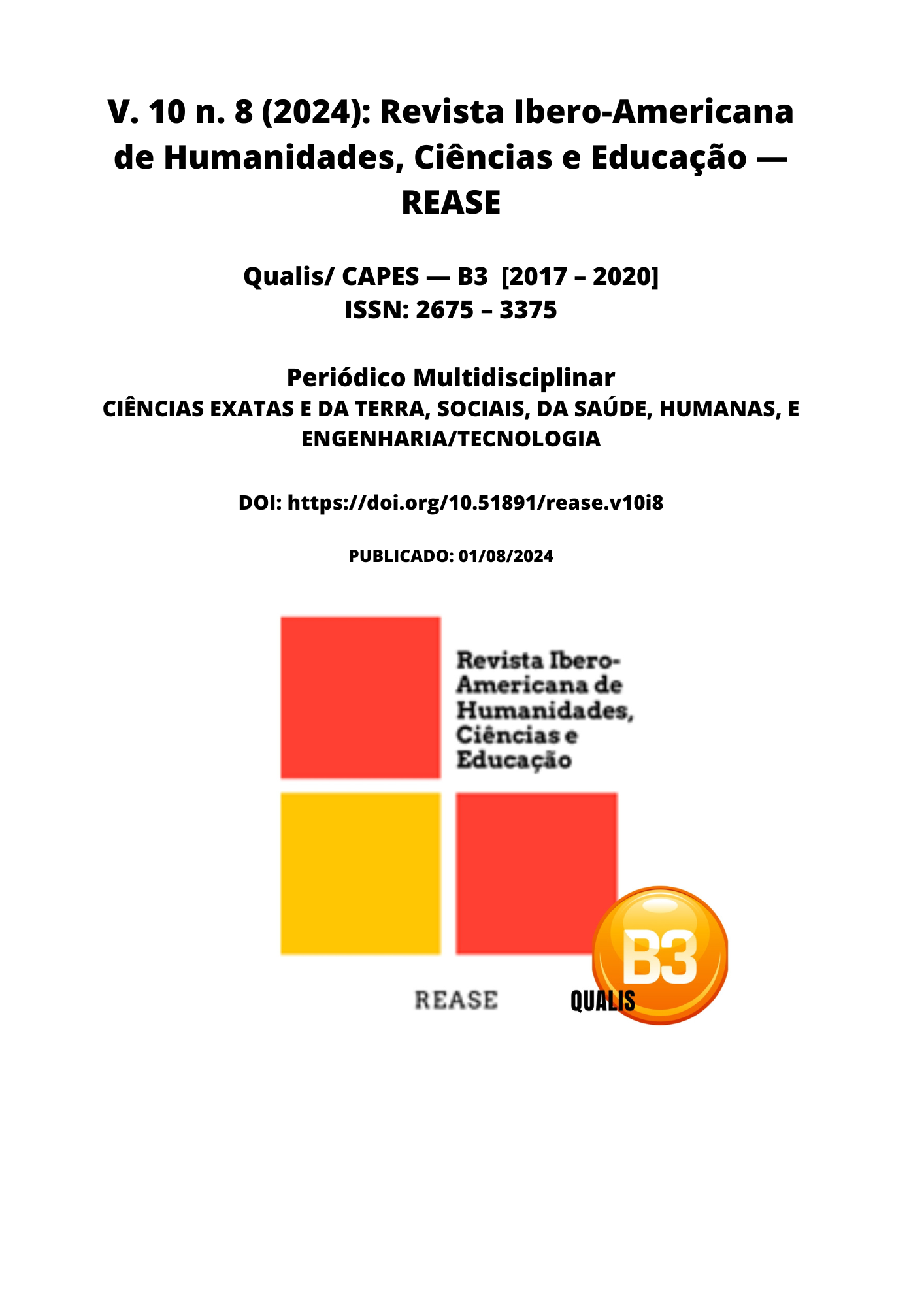ANALYSIS OF CORNEAL TRANSPLANTATION: RISKS AND BENEFITS
DOI:
https://doi.org/10.51891/rease.v10i8.15363Keywords:
Corneal transplant. Risks. Benefits. Analysis.Abstract
Introduction Corneal transplantation represents a vital surgical intervention for restoring vision in patients with advanced corneal diseases. This technique, widely used in ophthalmology, aims to replace a damaged cornea with a healthy donated cornea, aiming to recover visual acuity and improve quality of life. Over the past few years, corneal transplantation has been the subject of extensive research, resulting in significant advances in surgical techniques and postoperative management. Technological and scientific innovations have allowed the expansion of treatment possibilities, providing an effective alternative for patients suffering from severe corneal conditions. ObjectiveThe objective of the systematic literature review was to analyze and synthesize the most recent information on advances in corneal transplantation. cornea, including new surgical techniques, technological innovations and post-operative management strategies. This review aimed to provide a comprehensive overview of the main developments in the area and evaluate the effectiveness of modern corneal transplant methods based on recent scientific studies. Methodology The methodology adopted for the systematic review followed the PRISMA checklist, using the databases PubMed, Scielo and Web of Science for collecting articles published in the last 10 years. The five descriptors used were: "cornea transplant", "surgical techniques", "technological innovations", "post-operative follow-up" and "clinical results". For inclusion, studies were selected that addressed recent transplant techniques, technological advances and clinical results. The exclusion criteria covered articles outside the specified publication period, studies that did not present relevant data on the topic and works that were not available in full text. Results The results of the review showed that the most significant advances include the improvement of surgical techniques, such as lamellar and endothelial keratoplasty, which reduce invasiveness and improve postoperative results. Technological innovations, such as artificial corneas and tissue bioengineering, have the potential to solve problems related to donor shortages and increase graft compatibility. Furthermore, improvements in immunological therapies have contributed to a reduction in the rejection rate and more effective management of complications. Conclusion The systematic review showed that corneal transplantation continues to be a crucial solution for restoring vision in patients with corneal diseases severe. Advances in surgical techniques and technological innovations have demonstrated a significant positive impact on transplant effectiveness and patients' quality of life. The combination of modern approaches and careful management strategies after surgery has allowed notable improvements in clinical results and graft longevity. Thus, future perspectives for corneal transplantation indicate a continuous evolution and improvement of ophthalmological practice.
Downloads
Downloads
Published
How to Cite
Issue
Section
Categories
License
Atribuição CC BY

